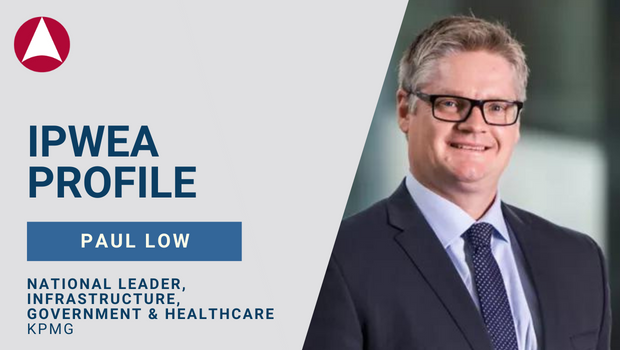The sharing of data and its use in digital twin environments presents as an effective response to future challenges and uncertainties in asset management, according to KPMG’s Paul Low.
Low, who is KPMG’s National Industry Leader for Infrastructure, Government and Healthcare and a partner in Planning and Infrastructure Economics, advocates rigorous governance around data which can be brought into digital environments and shared to “align people around the shared outcomes” and goals of the organisation.
He says that the effective leveraging of data can “depoliticise” decision making and ensure that its more based around clear evidence which the organisation can buy into at all levels.
Digital twin environments are at the centre of this thinking, and are applicable across multiple sectors from healthcare, transport to government, and “anything which has a systems approach.”
“But a digital twin environment is only as rich as the foundation data you can obtain to enable the digital twin,” said Low.
“And then you can manage that in both a scenario planning the testing perspective.
“So if you think about the classical approach to transport modelling on how systems operate, whether it be land use, travel time, accidents or carbon footprint, all of this can be fed through and help think through scenarios.”
It is an approach, said Low, which can take data away from being “buried among technicians” and ultimately “lifts up the decision making environment to allow clearer and more visible considerations.”
The governance was critical, however, and a bedrock of privacy, security, handling and updating was needed to create the modern ecosystems which would deliver “that environment of full utility.”

Paul’s colleague, Richard Threlfall, Global Head of Infrastructure, Government and Healthcare at KPMG, agrees, and will be developing the theme of governance in his upcoming keynote at the IPWEA International Asset Management Conference in June.
“We are moving from a world where project prioritization is based on mainly financial and commercial considerations, to a world where the impact of projects, from the perspective of multiple stakeholders, must prevail”, says Threlfall.
‘So what does that look like going forward in the future?” said Low.
“If you can do this you can actually create immediate and interlocking ecosystems around the governance if you have some of these fundamentals in place.”
“What we are trying to do is create digital twin environments that allow the political and other realms of government and stakeholders to think about the evolution of the place they live in.”
This could be applied to power generation or water projects and transportation to create, in each instance a “universally understood and agreed” understanding of asset requirements.
“It is where you can play with the variables and say ‘ok well if the rail system actually had 15% more traffic’ you can understand the variables and their impact,’ said Low.
Rail was a good example because it was both complex and integrated, but a similar approach could be taken to “stitch together” a collection of energy assets and take a “circular economy” approach to create perspectives and understand the implications of change.














